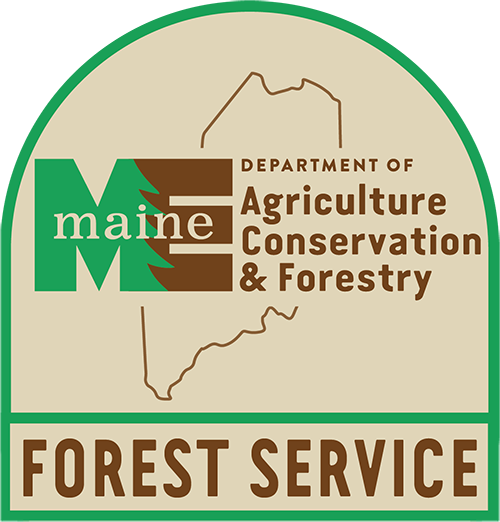Bureau/Division/Agency
Forest Services
Document Type
Text
Exact Creation Date
6-2020
Broad Creation Date
2020
Language
English
Recommended Citation
Forest Health and Monitoring Division; Maine Forest Service; and Department of Agriculture, Conservation and Forestry, "White Pine Needle Damage" (2020). Forest Service Documents. 98.
https://digitalmaine.com/for_docs/98
File Size
1.1 MB
Files over 3MB may be slow to open. For best results, right-click and select "Save As"
Rights Statement
No Copyright - United States. URI: http://rightsstatements.org/vocab/NoC-US/1.0/
The organization that has made the Item available believes that the Item is in the Public Domain under the laws of the United States, but a determination was not made as to its copyright status under the copyright laws of other countries. The Item may not be in the Public Domain under the laws of other countries. Please refer to the organization that has made the Item available for more information.



Description
The most commonly reported eastern white pine needle diseases that comprise the white pine needle damage disease complex (WPND), causing discoloration and premature needle loss in eastern white pine (EWP) in the northeast are brown spot needle blight (Mycosphaerella dearnessii / Lecanosticta acicola), Bifusella linearis and Dooks needle blight (Lophophacidium dooksii). Septorioides strobi has also been found in Maine and has been associated with EWP damage in the Northeast. The prevalence and distribution of these diseases vary across the region. WPND is favored by prolonged periods of wet weather in spring, as the diseases are spread by rain splash during needle elongation. For the WPND species mentioned here, initial infection of current-year needles happens in spring/early summer and it is not until the following year that these needles become symptomatic. Fungal spore-producing structures then erupt from infected needles (Figure 1, right inset) releasing spores that infect the current year’s new growth, completing the disease life cycle (Figure 3, right). While the infected current-year needles will show no symptoms in the first year, the infected and discolored second-year needles drop off the tree around mid-summer. Heavy disease pressure can result in branch dieback in the lower portions of trees and subsequently smaller living crowns (Figure 1, left). White pine regeneration in the understory of infested pines is often severely affected (Figure 2, left). Crowded plantings and other site conditions favoring high relative humidity can make WPND symptoms worse. This type of chronic stress may make trees susceptible to secondary insect and disease agents of decline, compounding tree health concerns and possibly resulting in mortality.